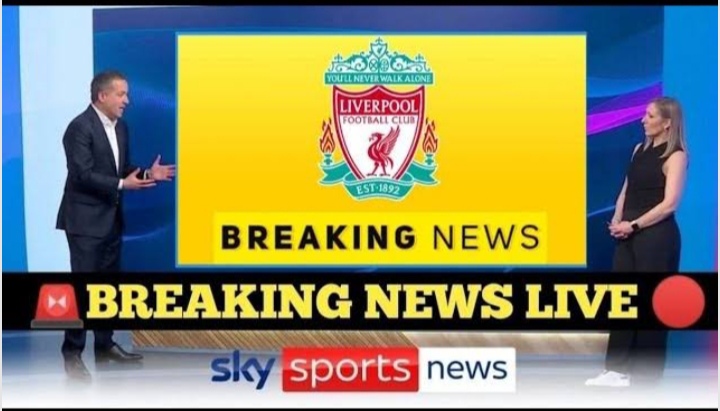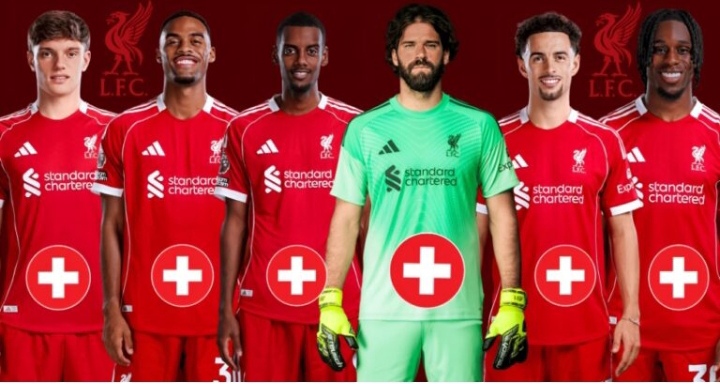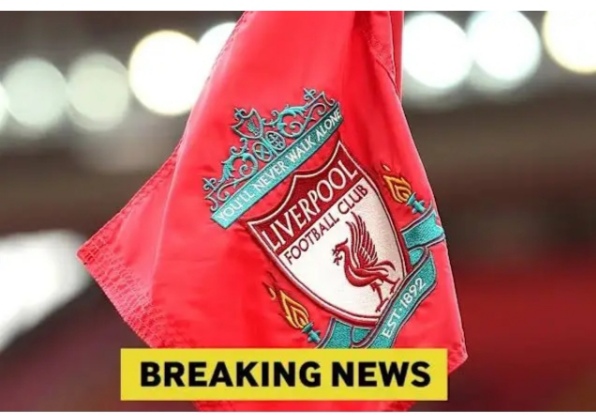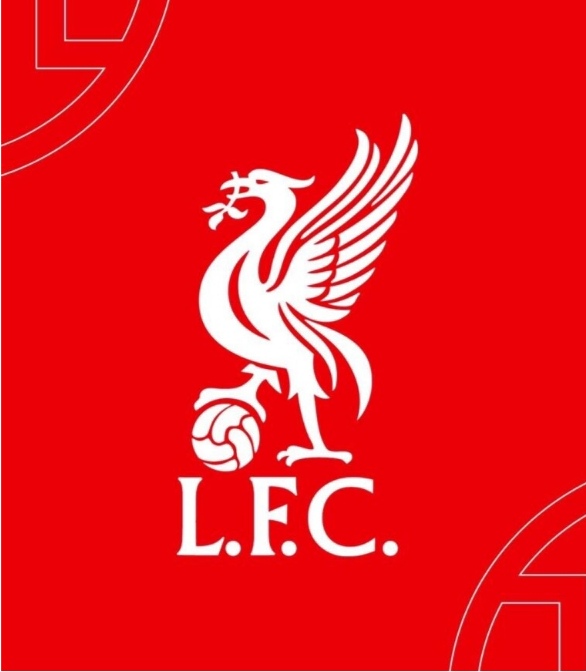Liverpool at a Crossroads: Slot’s Era Ushers in Tactical and Transfer Evolution
Liverpool Football Club enters a pivotal new chapter following Jürgen Klopp’s emotional departure. With Arne Slot now in charge, the Reds are undergoing their most significant transition in nearly a decade — one that extends far beyond the dugout. This shift signals a broader rethink of the club’s tactical identity, transfer policy, and long-term strategy.
A New Vision Under Slot
The summer transfer window has already offered glimpses of Liverpool’s new direction. Where Klopp built his squad around relentless pressing and physical intensity, Slot favors a more possession-oriented, tactically flexible style. That change requires different player profiles — technically secure, positionally disciplined, and capable of unlocking compact defenses.
This doesn’t erase Klopp’s legacy; rather, it represents a deliberate evolution. Klopp’s chaos-driven energy is giving way to Slot’s cerebral approach, reshaping both recruitment priorities and how existing players are utilized. Some who struggled under the old system may thrive, while others could see their influence diminish.
Transfers Within Financial Limits
Unlike state-backed rivals, Liverpool operate within clear financial parameters set by FFP rules and Fenway Sports Group’s internal policies. That reality forces creativity: the club relies on operational revenues, smart sales, and commercial growth rather than unlimited backing.
Despite record revenues, Liverpool must juggle competing demands — new signings, wage renewals, infrastructure investments — making efficiency vital. Their analytics-led model remains central, focusing on undervalued talent with high growth potential rather than paying premiums for ready-made stars.
Squad Assessment: Strengths and Gaps
- Defense: Strong at the top level, but depth and succession planning remain concerns as key players age.
- Midfield: Recently rebuilt, but still balancing defensive steel, creative spark, and technical precision.
- Attack: Elite in quality, but evolving — Luis Díaz’s exit opens a spot on the left, while central striker options are limited after Núñez’s departure. Flexibility is key, with forwards expected to adapt across roles.
Youth Development and Global Scouting
Liverpool’s academy remains central to their strategy, producing talent aligned with the club’s values and style. Strategic loans and international partnerships further widen the pipeline, offering financial upside and squad depth. Ngumoha and others represent the next wave that could reduce reliance on costly signings.
Meanwhile, the global scouting network continues to target emerging markets for affordable, high-potential players. Data-driven insights — from injury prediction to tactical fit models — help refine these decisions, ensuring fewer costly missteps.
The Broader Picture
Liverpool’s approach extends beyond the pitch. Cultural fit, mental resilience, and adaptability to the intensity of English football weigh as heavily as technical skill. Transfers are also seen through commercial and global branding lenses, aligning with the club’s broader ambitions.
Sustained Success Through Adaptability
Ultimately, Liverpool’s transfer model under Slot blends innovation with tradition: analytics-driven recruitment, financial discipline, and cultural awareness, paired with a new tactical identity. Each window becomes not just about immediate reinforcements, but about sustaining competitiveness while navigating football’s shifting tactical and economic landscapes.
Success will be measured not only by marquee signings, but by how effectively the squad evolves, how seamlessly new players integrate, and how consistently Liverpool remain among Europe’s elite. In an era where money alone doesn’t guarantee dominance, Liverpool’s intelligence, adaptability, and patience may prove their greatest weapons.










